Brain Stimulation Prevents Anxiety-induced Decrease in Motor Performances
- A New Method for Sport and Music Training -
September 24, 2019
National Institute of Information and Communications Technology
Highlights
- The dorsal anterior cingulate cortex (dACC) causes motor performance deterioration due to anxiety
- Transcranial magnetic stimulation of the dACC reduces the performance deterioration
- This method could potentially be used to help athletes and musicians overcome anxiety
Background
Achievements
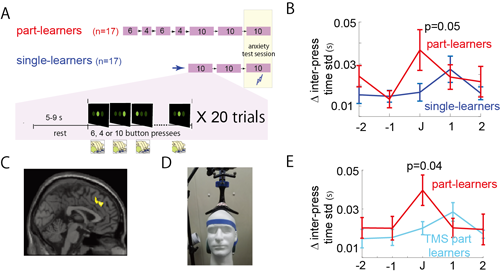
[Click picture to enlarge]
Future research
Information of the article
Project funding
Supplementary
Details of the experimental findings
[Experiment 1: behavioral]
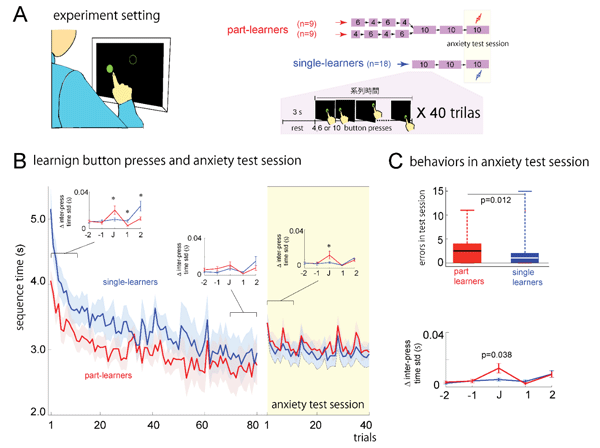
[Experiment 2: fMRI]
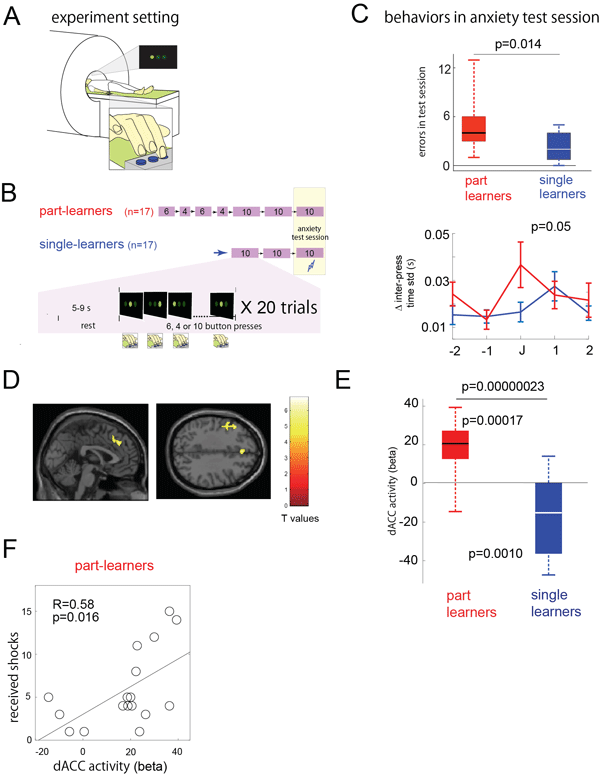
[Experiment 3: TMS]
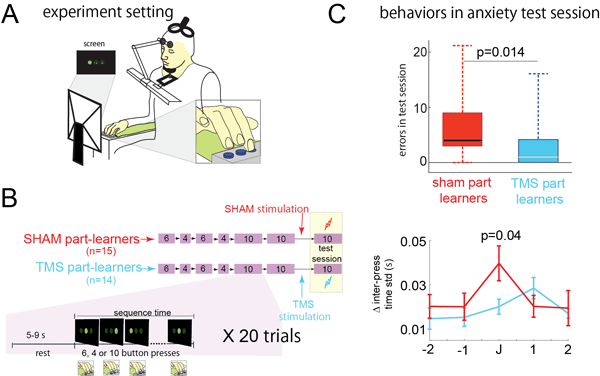
Glossary
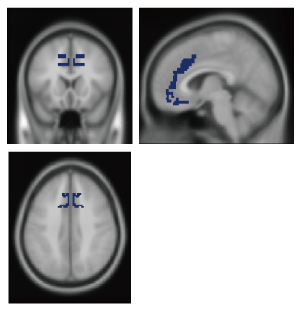
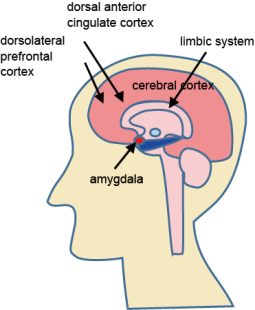
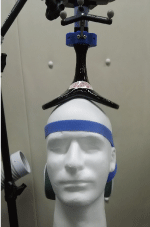
Technical Contact
Masahiko Haruno
Neural Information Engineering Laboratory
Center for Information and Neural Networks
NICT
Tel: +81-80-9098-3239
E-mail:


















Media Contact
Sachiko Hirota
Press Office
Public Relations Department
NICT
Tel: +81-42-327-6923
E-mail:





















